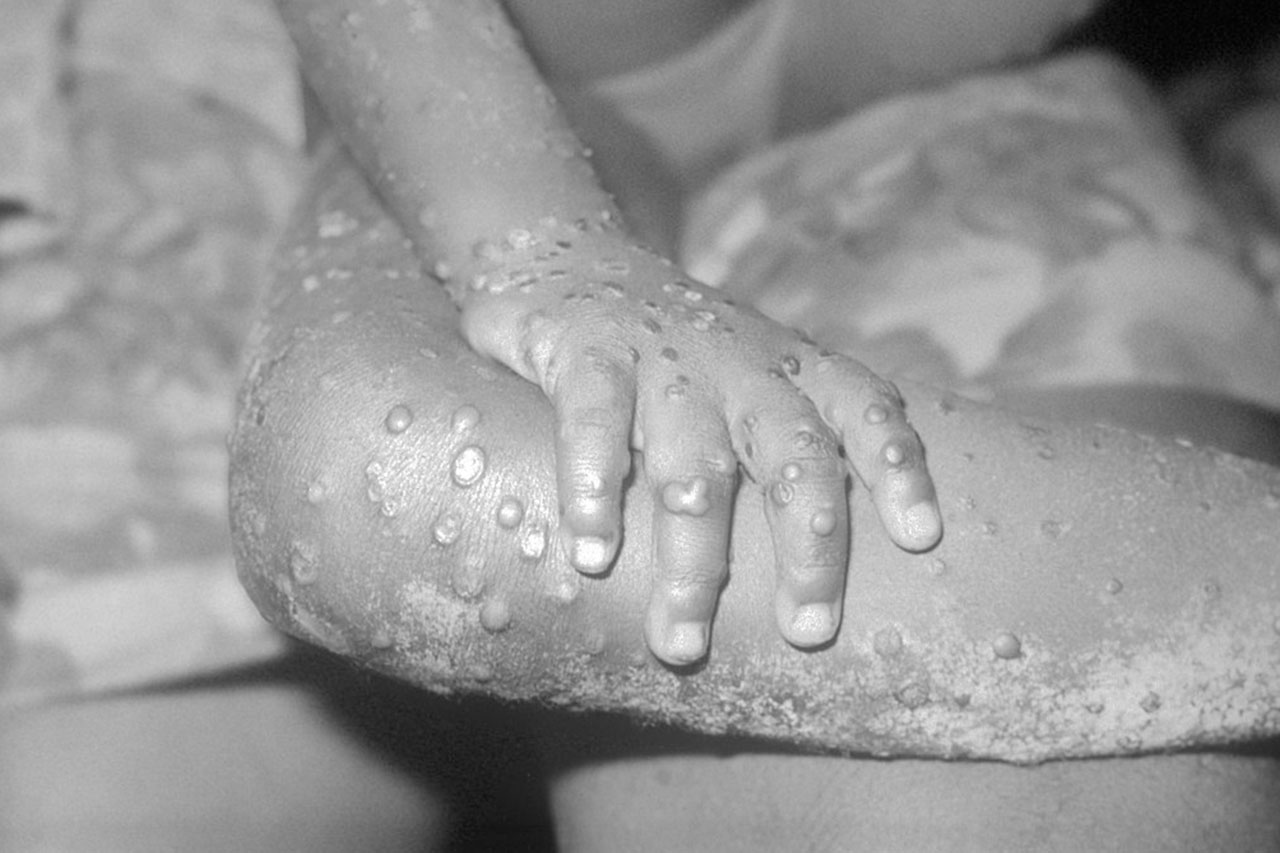
Article by Lalita Panicker, Consulting Editor, Views and Editor, Insight, Hindustan Times, New Delhi
The World Health Organization (WHO) declared an end to the emergency phase of the COVID-19 pandemic, last Friday. The move is likely to usher the world into a new phase of disease monitoring with a scaling back of surveillance and available resources to fight COVID-19. https://www.science.org/content/article/who-ends-pandemic-emergency-covid-19-deaths-fall?
WHO’s director-general, Tedros Adhanom Ghebreyesus, said at a press conference in Geneva that WHO’s emergency committee met on Thursday and recommended ending the Public Health Emergency of International Concern (PHEIC), the highest alert level WHO can declare, that has been in effect since 30 January 2020. “It’s therefore with great hope that I declare COVID-19 over as a global health emergency,” Tedros said.
The pandemic had been on a downward trajectory for a year, Tedros said, allowing most countries to return to life as it was before COVID-19. “What this news means is that it is time for countries to transition from emergency mode to managing COVID-19 alongside other infectious diseases,” he said. Tedros emphasized that this declaration does not mean COVID-19 is no longer a threat. “The worst thing any country could do now is to use this news as a reason to let down its guard, to dismantle the systems it has built, or to send the message to its people that COVID-19 is nothing to worry about,” he said.
Since the start of the pandemic 3 years ago, WHO has recorded close to 7 million deaths from COVID-19, though the real death toll from the pandemic may be three times that. A few thousand deaths are still being reported to the agency every week, and some models estimate that excess mortality is still at about 10,000 deaths a day worldwide.
In his statement, Tedros highlighted COVID-19’s ongoing impact. “Last week, COVID-19 claimed a life every 3 minutes and that’s just the deaths we know about,” he said, emphasizing that thousands of people around the world are still being treated for the disease in intensive care units and millions of others are dealing with the prolonged after effects of COVID-19 infections.
The WHO news comes just ahead of the end of the United States’s public health emergency (PHE) on 11 May, and on the same day that Rochelle Walensky, director of the U.S. Centres for Disease Control and Prevention (CDC), which has weathered stiff criticism for its handling of the pandemic, announced her resignation and intent to leave agency at the end of June.
The end of the U.S. PHE next week will impact policies as wide-ranging as the flow of migrants at the southern border, which the emergency has allowed the government to stifle on public health grounds—and the federal government’s provision of free rapid antigen tests, which will end.
The transition could carry risks, Didier Houssin, chair of WHO’s emergency committee, said, comparing the situation to a hermit crab transitioning from one shell to another. The risks the committee
debated included that a new variant could take the world by surprise, that ending the PHEIC could be misinterpreted by countries and lead them to lower their guard, and that access to vaccines could be hampered. But those risks had to be balanced with a realistic picture of the pandemic, Houssin said, as the number of weekly reported deaths for each of the past 10 weeks has been the lowest since March 2020.
Gregg Gonsalves, a public health expert at the Yale School of Public Health, says he is less concerned about what to call the pandemic than what is done to address it. Regardless of whether it is called a PHEIC, COVID-19 continues to cause death and suffering across the globe, he says. “Yet, almost everywhere we’ve declared mission accomplished and we have no appetite for doing anything more to fight this disease,” Gonsalves says. “We’re willing to bake in a huge amount of morbidity and mortality to get back to normal [and] it doesn’t bode well for facing our future.”
////
Scientists in India are protesting a decision to cut discussion of Charles Darwin’s theory of evolution from textbooks used by millions of ninth and 10th graders. More than 4000 people have signed a plea from the Breakthrough Science Society to restore the material. The non-profit science advocacy group reports that the National Council of Educational Research and Training, an autonomous government group that sets curricula for India’s 256 million primary and secondary students, dropped the topic as part of a “content rationalization” process. The removal makes “a travesty of the notion of a well-rounded secondary education,” says evolutionary biologist Amitabh Joshi of the Jawaharlal Nehru Centre for Advanced Scientific Research. Others fear it signals a growing embrace of pseudoscience by Indian officials and think it’s unlikely NCERT will relent.
////
https://news.un.org/en/story/2023/05/1136277
By early 2023, countries reported experiencing reduced disruptions in the delivery of routine health services, but highlighted the need to invest in recovery and stronger resilience for the future, the UN health agency said in its newly published interim report “Fourth round of the global pulse survey on continuity of essential health services during the COVID-19 pandemic: November 2022–January 2023”.
Among the 139 countries responding to the survey, WHO said continued disruptions persist in almost one quarter of services. In 84 countries where trend analysis is possible, the percentage of disrupted services declined on average from 56 per cent in July to September 2020 to 23 per cent in November 2022, to January 2023.
Respondents also expressed a need for WHO support to address remaining challenges in the COVID-19 context and beyond. This pertains most frequently to strengthening the health workforce, building monitoring capacities of health services, and designing primary healthcare.
By the end of 2022, most countries reported partial signs of service recovery. This included services for sexual, reproductive, maternal, new-born, child, and adolescent health; nutrition; immunization; and communicable diseases (including malaria, HIV, and other sexually-transmitted infections).
In the new survey, fewer countries reported intentionally scaling back access across all service delivery platforms and essential public health functions since the 2020 to 2021 period. In addition, the number of countries reporting disruption to their national supply chain system reduced from nearly half (29 of 59 responding countries) to about a quarter (18 of 66 responding countries) within the last year.
Despite signs of recovery, service disruptions persist across countries in all regions and income levels, and across most service delivery settings and tracer service areas, WHO said.
Demand and supply factors are fuelling this trend, causing persistent disruptions, from low levels of healthcare-seeking in communities, to the limited availability of workers and such related resources as open clinics or available stocks of medicines and products.
Recovering essential health service delivery is critical, WHO said. Disruptions to such services as health promotion, disease prevention, diagnosis, treatment, rehabilitation, and palliation may have even greater adverse health effects than the pandemic itself, especially among vulnerable populations, the health agency added.
In another important step towards system recovery and transition, WHO reported that most countries have made progress in integrating
COVID-19 services into routine health service delivery. About 80 to 90 per cent of countries have fully integrated COVID-19 vaccination, diagnostic, and case management services as well as services for post COVID-19 conditions such as ‘long COVID’, into routine service delivery.
In the fourth round of WHO’s global pulse survey, 222 countries, territories and areas were invited to respond to a standardized web-based survey between November 2022 and January 2023.
The survey followed up on WHO’s previous 2020 and 2021 editions: Round 1 (May-September 2020); Round 2 (January-March 2021); and Round 3 (November-December 2021) which showed the extent to which the pandemic was affecting the continuity of essential health services and how countries are taking action.
/////
Climate change means that mosquito-borne diseases like malaria, chikungunya and dengue are on the rise in Europe. As the planet warms, diseases that were once restricted to the tropics are now spreading worldwide. https://www.gavi.org/vaccineswork/global-warming-means-one-two-us-are-now-risk-dengue
The incidence of dengue has increased 30-fold over the last 50 years, according to the World Health Organization. Now, up to 100 million infections are estimated to occur annually in more than 100 endemic countries, putting almost half of the world’s population at risk.






